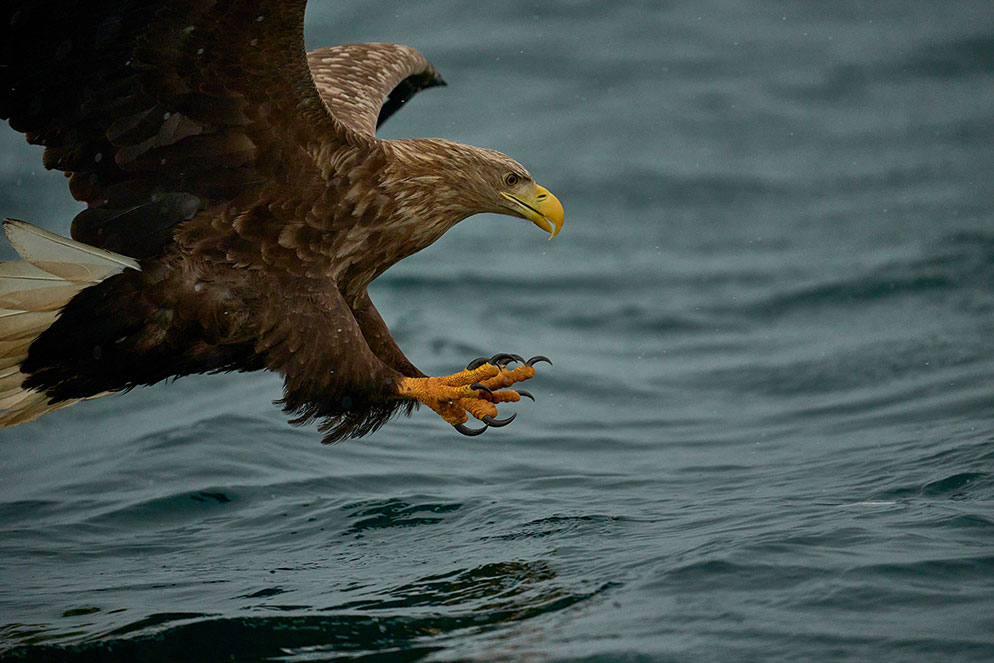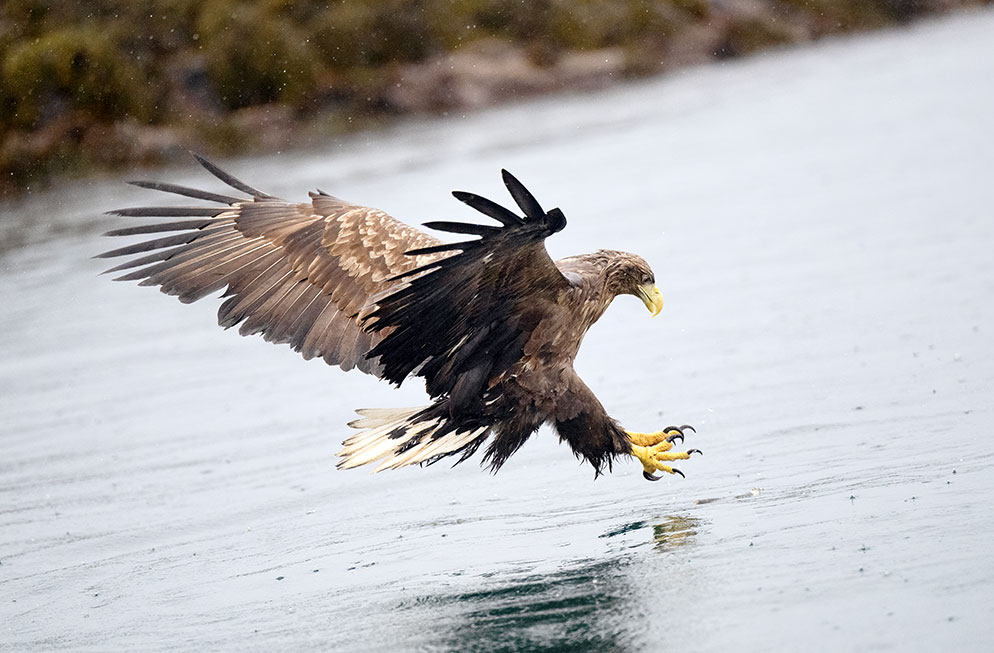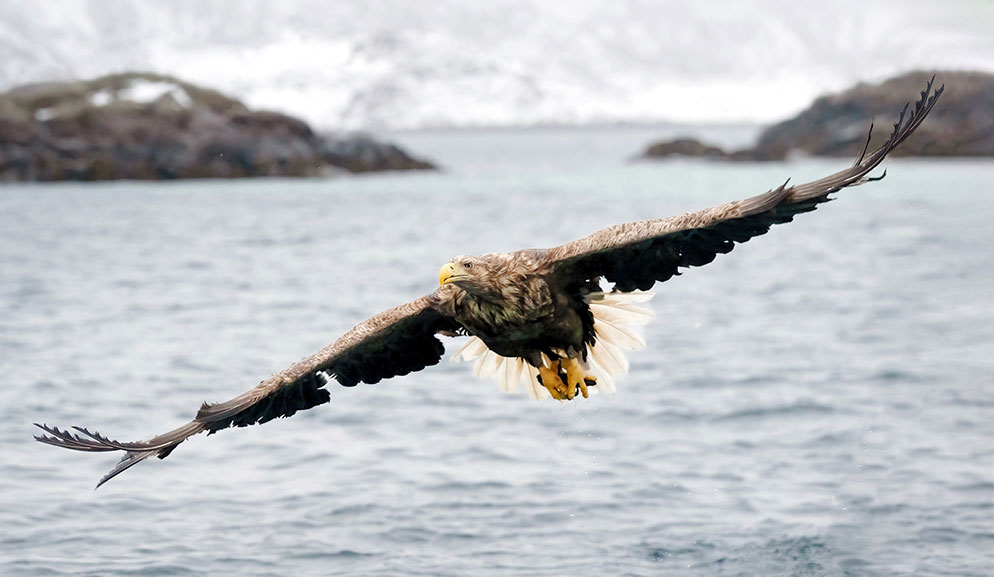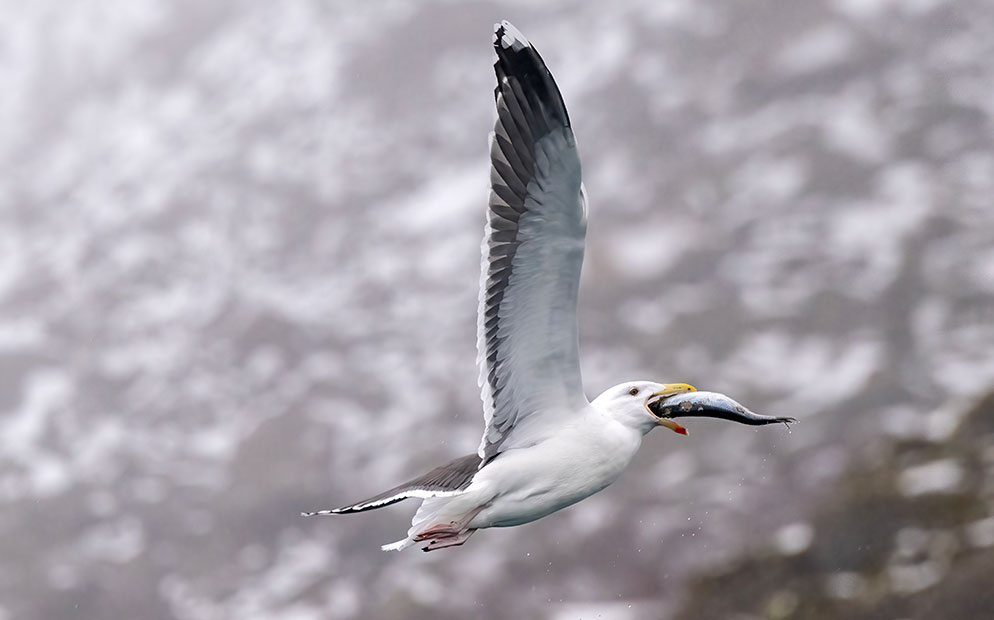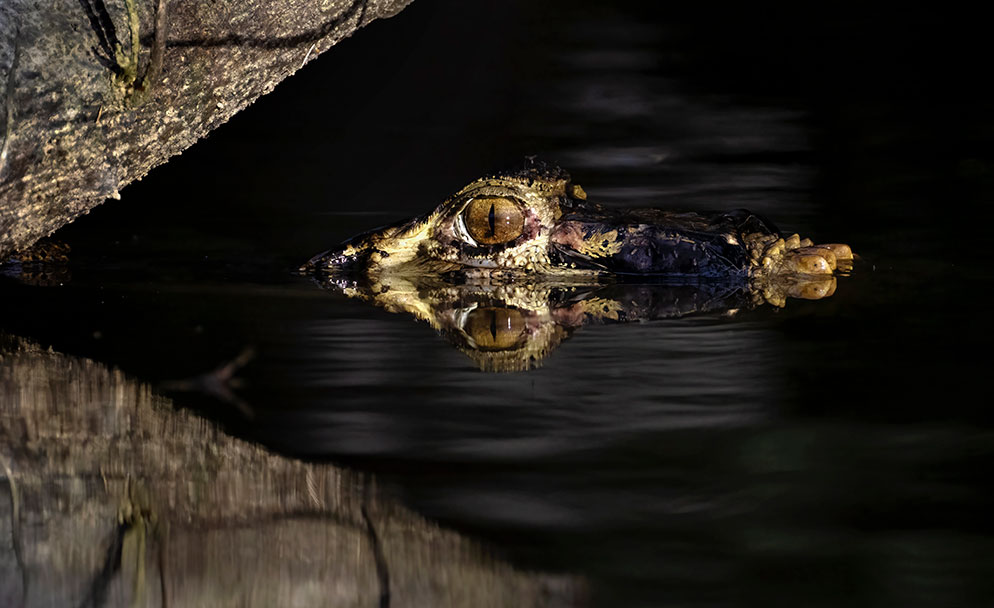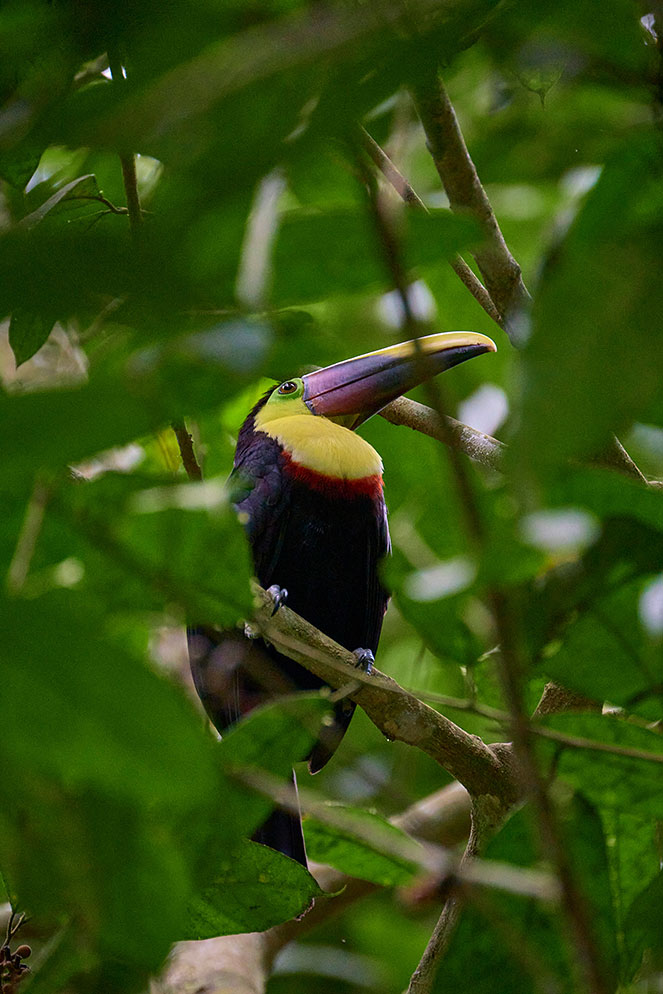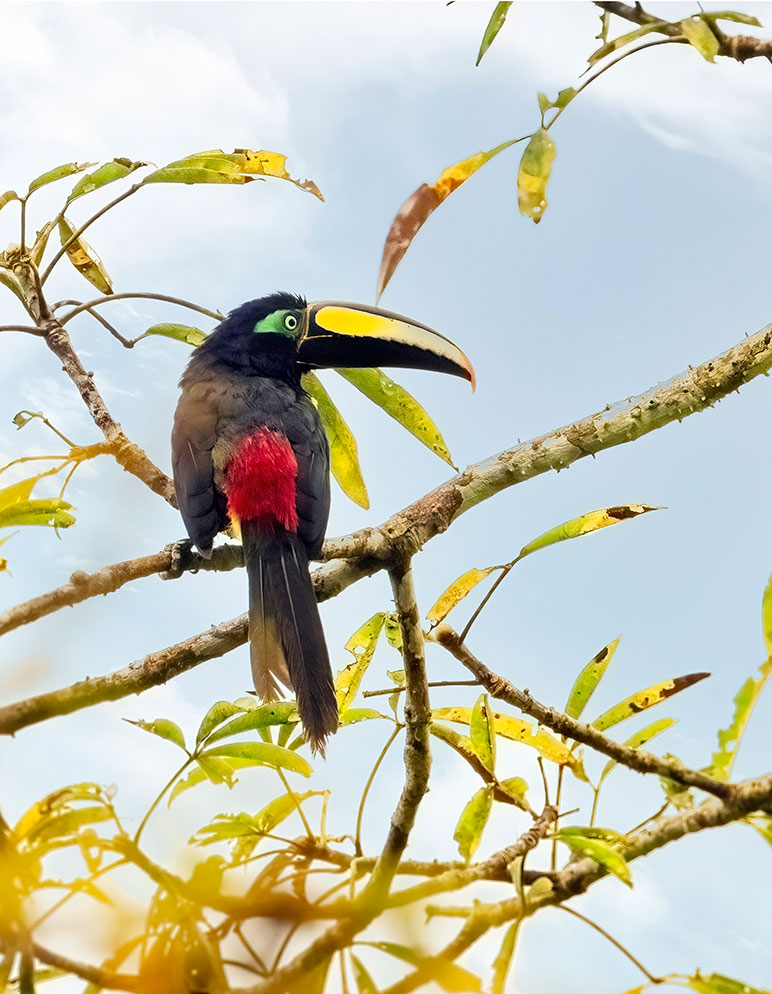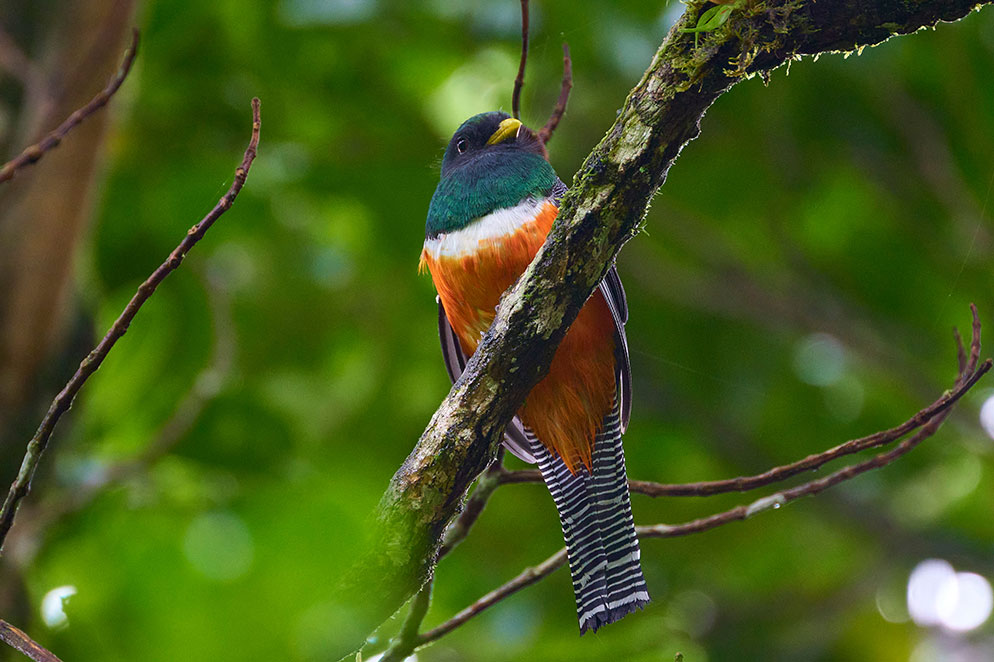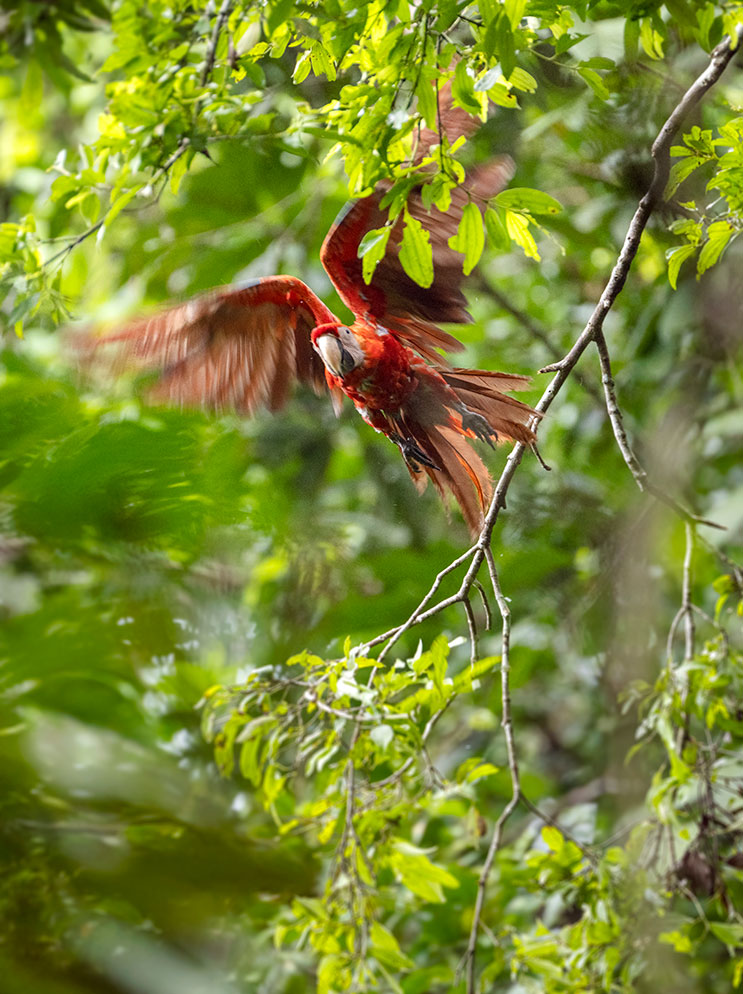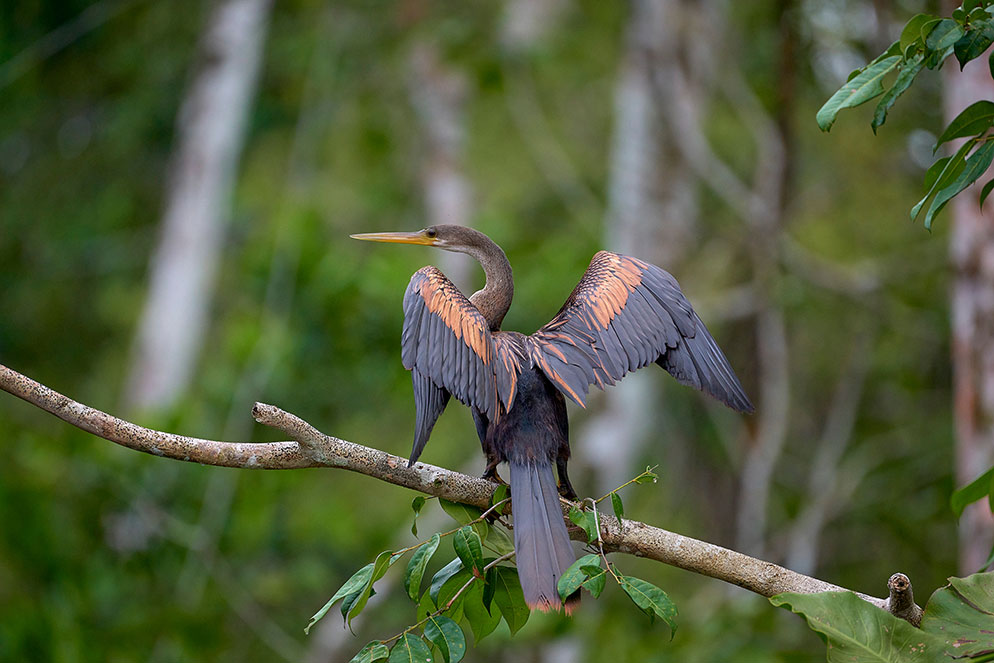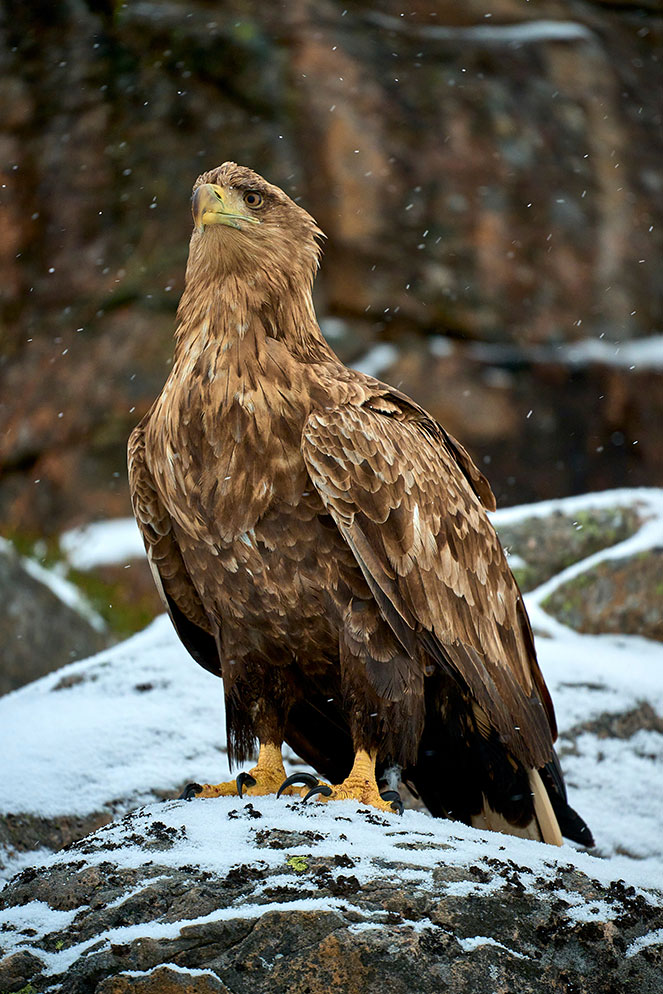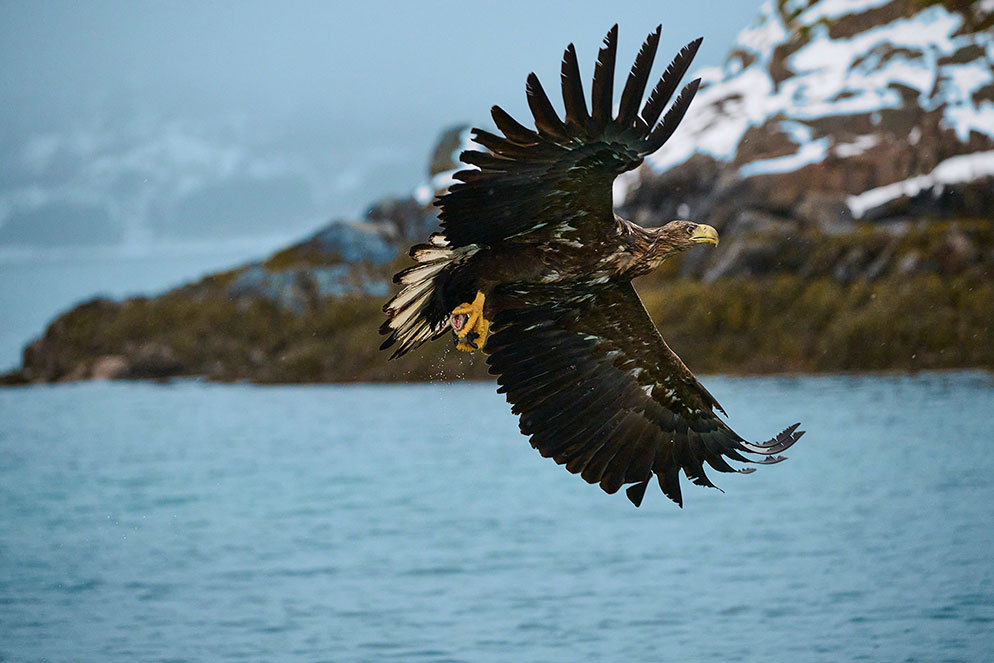Wildlife, Long Lenses and the Z 9
Sea Eagle - Z 9, AF-S NIKKOR 180-400mm f/4E TC FL ED VR, 1/4000 second, f/6.3, ISO 4000, shutter priority, Matrix metering.
Banging through the wind and the waves of the Lofoten Islands in a high-powered RIB boat in February is a bracing experience, and not something you might do all that often. The wind cuts like a knife, and the sea is rarely calm. You’re quintessentially aware that you’re out of your element. In the snowy fjords of northern Norway, the lords of the sky and sea are the sea eagles, one of the largest winged predators. When they approach, gliding on the shifting winds, supported by a nearly nine-foot wingspan, seeking prey, they inspire awe, wonder, and a powerful evocation of prehistory. They have endured, majestically, for millennia.
Sea Eagle - Z 9, NIKKOR Z 70-200mm f/2.8 VR S, 1/6400, f/2.8, ISO 2000, manual exposure, Matrix metering.
Nikon Ambassadors Tamara Lackey and Joe McNally recently led an adventure workshop to Norway called Norway Northern Lights where they braved the elements along with their group of enthusiastic photographers who discovered just how beautiful the land, sea and skies are in this remote area of the world.
Attempting to photograph these legendary birds of yore (from a very unstable platform) Joe used the Nikon Z 9, FTZ Mount Adapter with the AF-S NIKKOR 180-400mm f/4E TC 1.4 FL ED VR, as well as the NIKKOR Z 100-400mm f/4.5-5.6 VR S. New lens construction has made even formidable telephotos such as these a dream to handhold, and the nimbleness of the Z 9 AF proved to be an excellent match for the eagles, as they swerved, circled, and dived out of the sky to the surface of the water.
In another speeding RIB boat well across the Nordic fjord, Tamara was also tracking giant sea eagles, along with five brave photographers bracing against the cold while holding their equipment tight. She was also using the Z 9, dialing in its 3D focus tracking and pairing it with the animal eye-detect AF, her favorite combination for photographing fast-moving wildlife. Shooting at a fast shutter speed and taking advantage of the Z 9’s lightning-fast capture meant she was grabbing full-size RAW images at up to 20 frames per second, wholly unhampered by buffer issues. Tamara chose to bring the NIKKOR Z 70-200mm f/2.8 VR S lens and the NIKKOR Z 100-400mm f/4.5-5.6 VR S along with the NIKKOR Z Teleconverter TC 2.0x.
Which lenses are must haves for photo trips
There’s no question the old photo adage, “less gear, better pictures,” has validity. Be nimble in the street, and don’t overburden yourself with equipment! Perfectly logical. But—this is all about perspective, and the changing thereof. Smaller zooms, or perhaps that family of wide-ish focal lengths that some might refer to as “street lenses” for a roam about an interesting area are perfect for that mission. But I would offer that it is important to bring longer lenses, especially for once in a lifetime adventure trips. The lightness of the new lens construction has wonderful implications for hand holding telephotos, to be sure. But it also has made traveling with bigger glass much easier. You can make weight limits on small planes. You can walk with a telephoto in your backpack and not feel like you’re hauling a covered wagon behind you.
And you can reach pictures that are beyond the grasp of smaller lenses. There is nothing more frustrating than seeing a picture and knowing you don’t have the glass to get to it. It’s certainly true in places like the Amazon, Costa Rica in the jungles, or on an African safari. And, obviously, for sea eagles, longer lenses are a must.
Black Caiman - Z 9, NIKKOR Z 100-400mm f/4.5-5.6 VR S, 1/100 second, f/5.6, ISO 2500, manual exposure, Matrix metering.
The beautiful thing about working with and growing acclimated to longer telephotos is that using them ramps up your entire skill set as a photographer. You have to work on your steadiness and your ability to track and follow fast moving subjects. It forces you to become more adept at using different autofocus modes, and perhaps customizing zones of focus to your own personal liking in some of the modes. And long glass isn’t just for wildlife. With Vibration Reduction image stabilization, and lighter weight, hand holding these kinds of lenses for a portrait or a moment of life in the street is very doable.
Toucan - Z 9, NIKKOR Z 100-400mm f/4.5-5.6 VR S, 1/500 second, f/8, ISO 12,800, aperture priority, Matrix metering.
Toucan - Z 9, NIKKOR Z 100-400mm f/4.5-5.6 VR S with NIKKOR Z Teleconverter 2.0x, 1/100 second, f/13, ISO 2500, manual exposure, Spot metering.
Tamara explains that she brings a teleconverter along with her whenever she is using a long lens but knows that she may still be farther from her subject than she hopes to be (like when on a safari). For those who haven’t shot with one before, a teleconverter is a lightweight lens accessory that you attach between your camera body and lens, effectively multiplying the focal length of your lens. Nikon’s mirrorless teleconverters come in 1.4x and a 2.0x versions. The teleconverters for DSLRs are offered in 1.4x, 1.7x and 2.0x versions.
White-faced capuchin monkey - Z 9, NIKKOR Z 100-400mm f/4.5-5.6 VR S, 1/125 second, f/5.6, ISO 16,000, aperture priority, Matrix metering.
“My favorite one is Nikon’s Z Teleconverter TC-2.0x since it pretty much turns my 400mm lens into an 800mm, with zero loss of resolution—and no need for additional gear,” says Tamara. It’s important to note that while a teleconverter may effectively double the focal length of your lens, it does also reduce your maximum aperture in kind, so pairing it with a camera that captures higher-ISO images well is an important consideration if shooting in darker conditions.
“It’s a rugged little thing. After an unexpected snowstorm hit while we were photographing horses on a sandy beach in Norway, I knew I could just keep shooting and it would just keep doing its job—and clean up easily afterwards,” she adds.
Hand-hold long lenses with the right settings
Handholding weighty equipment while photographing speedy subjects from a moving vehicle can present challenges with sharpness. But, as Tamara has experienced, being able to dial in a higher ISO in combination (that doesn’t present noise issues) with a shutter speed over 1/2000 of a second along with dependable subject tracking can make the difference between a soft and shaky shot and a bold, tack-sharp capture.
Joe was concerned with following the birds in flight and zooming tight enough to make the picture startling and powerful. He chose auto scene detection in the autofocus settings, to track the birds’ path, just as he would track an athlete. The thing is, a track star, as fast as he or she runs in a 100-meter dash, comes at you in a straight line. No surprises. No unpredictable change of direction. Sea eagles follow their own flight path, dictated by the vagaries of wind direction and the availability of prey. You have to be steady and patient and accept the fact that occasionally you will lose them in the sky.
Anhinga - Z 9, NIKKOR Z 100-400mm f/4.5-5.6 VR S, 1/400 second, f/6.3, ISO 2000, aperture priority, Matrix metering.
Tracking fast moving subjects made easier
The job of tracking was made more difficult by not having a steady platform to shoot from. The RIB boats are powerful but not overly large, hence you can occasionally feel like you’re a cork, bobbing in the waves. Joe said, “I tried to use the seat braces provided onboard to steady myself, and occasionally got down on the deck of the boat and propped my elbows up on the inflatable sides of the boat to achieve steadiness.”
But the magic of tracking and sharpness occurred within the camera itself. Joe shot full res RAW files, at 20 fps. Once he’d frame the bird as it approached, the Auto Area AF, dialed into animal eye detect, would find the eyes of the bird, as small as they are. The quickness of the way the system grabbed the eyes of the eagles was, frankly, astonishing, and then, the Z 9 doubled down on its performance by tracking the bird accurately, even as its distance to the camera was changing constantly.
Tamara notes that because she shoots in manual mode, she is often switching up settings on the fly, in response to what is in front of her. Although she was using almost exclusively the continuous AF’s 3D or Dynamic Tracking autofocus settings while in Norway, she was often using AF-S focus mode when she and Joe were photographing wildlife in the Amazon Rainforest. Especially in an environment where there are multiple factors that can affect focus, such as wind that is moving tree leaves and branches, any activity around the subject may possibly pull focus away from your subject when you are in AF-C focus mode. Tamara said: “Photographing swooping birds and fast-climbing monkeys means using the advantages of Nikon’s AF subject detection focus. But for wildlife at rest (as in the actual sloth we were photographing in the trees!) switching to a pinpoint focus is a far more stable way for me to ensure focus.”
Helpful tip for eyeglass wearers
Another feature of the camera that’s terrific is the Finder Display Size, found in the Setup Menu. If you wear glasses as a photographer, you can struggle to find the edges of the frame because you simply can’t get your eye all the way close to the viewfinder. Going to the “Small” feature in display size, or as it is referred to, “photo Lv,” allows more ease in seeing the whole shebang through the viewfinder, especially when you’re playing with your zoom length and tracking a dynamic subject. And when your glasses are fogged with salt spray from the ocean! In trying to keep pace with these incredible, iconic birds, Joe was happy for any technology advantage the camera system offered.
As Joe has always maintained, part of your job as a photographer on location is to eliminate variables. Trying your best in the midst of uncertainty of location work will spin your direction, to lock down certain aspects of your photographic approach, be it the camera angle, or using a tripod, or determining proper exposure. “Out there, I was literally working in a sea of variables, but the one thing I knew I could count on was the Z 9 performance. If I could find and frame the bird in the sky, the camera would find the focus, and keep it,” he concluded.

